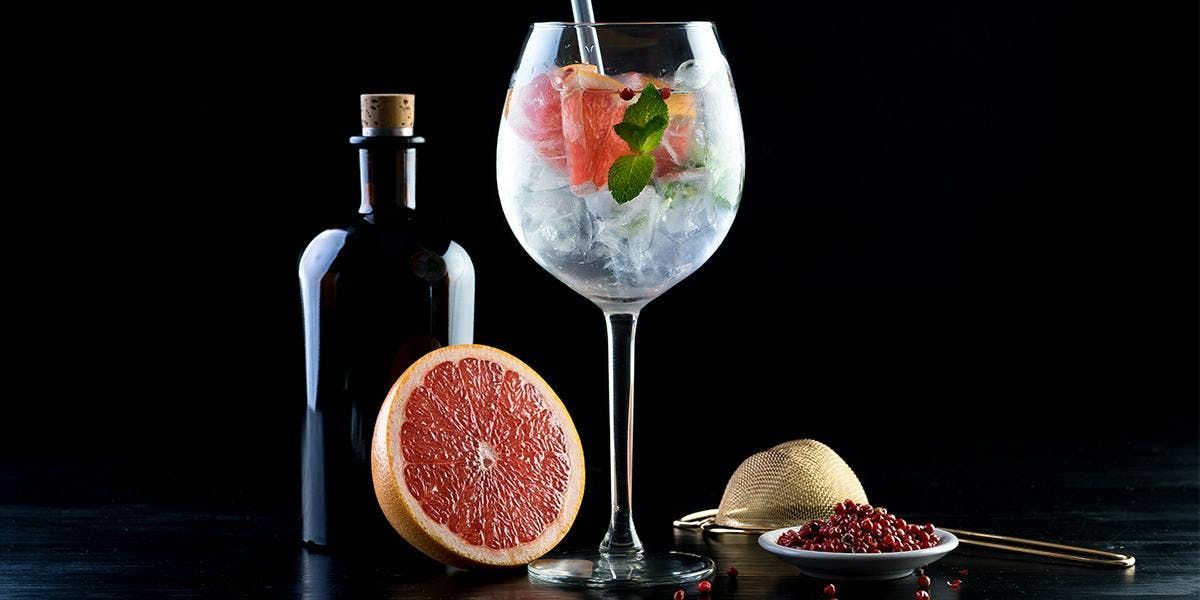
What does THAT mean? Here's our handy guide to gin terminology
Have you ever looked at your gin bottle and wondered what ‘ABV’ meant? Seen a recipe that asked you to ‘muddle’ your fruit and remained stumped ? Do you know the difference between serving your gin ‘straight up’ vs ‘neat’? And just what makes a Dirty Martini, well, dirty?
Well, here at Craft Gin Club we’re all about educating as well as entertaining our lovely Clubbers about the world of gin, so we’ve put together an easy guide explaining all the slightly confusing words and phrases relating to cocktails and gin so that we can all enjoy going on our journey of discovery into gin together, armed with just a little more knowledge!
A guide to gin terminology
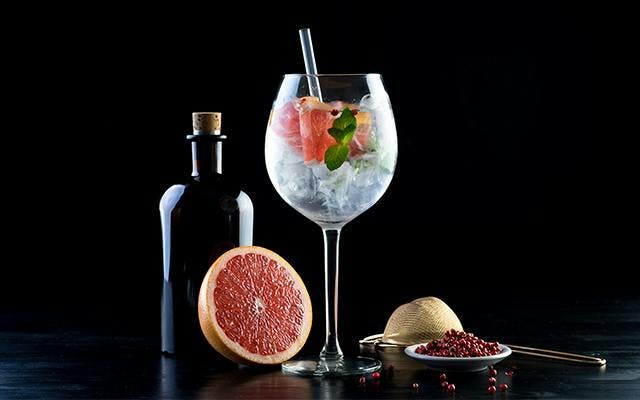
A is for…
ABV
ABV stands for ‘Alcohol by volume’. It is a measure of the amount of pure alcohol as a percentage of the total volume of liquid in a drink. The minimum bottled strength for a gin to be defined as such is 37.5% ABV, although the exact figure will vary according to the brand and product. This means that 37.5% of the volume of the gin is pure alcohol.
Amari
If you’re not sure what ‘amari’ are, think Campari and Aperol. Although the word ‘amari’ in Italian literally means ‘bitters’, these drinks shouldn’t be confused with cocktail bitters! Although made from very similar ingredients as bitters (barks, herbs, seeds, spices, citrus peels and other botanicals), Amari have more sugar and much more liquid in them.
This means they are a lot less concentrated than bitters, and makes them potable (drinkable) on their own as an aperitif or digestif, as well as fabulous cocktail ingredients.
B is for…
Bitters
Not to be confused with Amari (see above), cocktail bitters are little bottles of flavouring agents that should only be added to your drink in little drops. They are made by infusing a neutral spirit with a variety of herbs, spices, tree bark, roots, seeds or fruits to create a unique, powerful flavour.
Angostura and Peychaud’s are among the most famous brands of cocktail bitters.
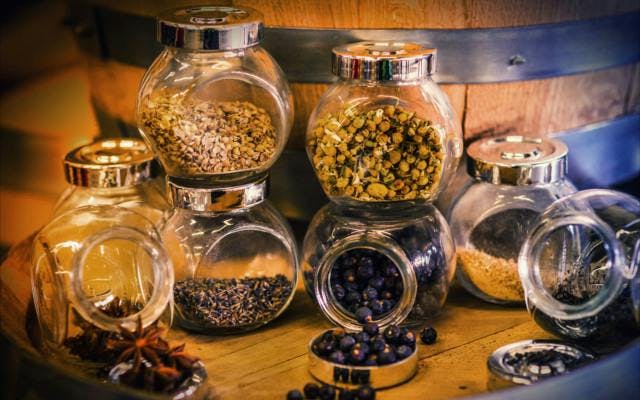
Botanicals
Botanicals are the natural seeds, berries, herbs and roots used in the production of gin to create the drink’s unique flavour. To be legally classified as gin, a spirit must contain juniper as the predominant botanical. Other than that, gin distillers can choose whatever botanicals they like to create their own gin. That range and flexibility is what makes gin one of the most diverse spirits available!
Common gin botanicals include coriander, citrus peels, orris and angelica root, cinnamon, cassia, cardamom, ginger, nutmeg and ground almonds.
Barrel-aged gin
Back in the 18th and 19th centuries, gin was sometimes stored in oak barrels on ships to ensure the container didn’t break during transportation. These days, the process is used by some gin producers to add woody, smoky, vanilla notes to the flavour.
Barrel-aged gin also takes on a deep amber colour from being steeped inside the barrel, leading to the alternative name of ‘yellow gin’.
Bathtub gin
The term ‘bathtub gin’ was first coined during Prohibition in the United States in the 1920s, when stories surfaced about illegal batches of gin being mixed up in people’s bathtubs. These days, the terms refers more generally to any kind of homemade, amateur gin.
C is for…
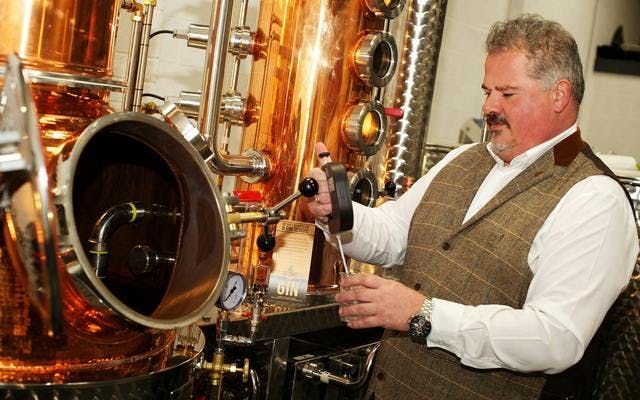
Craft gin
There is no official or legal definition of what constitutes craft gin (yet). However, most producers would agree that craft gin is about real, well, craftmanship: often produced by smaller, even family-led teams of experts who are passionate and knowledgeable about producing a high-quality product unique to them. You won’t find gimmicky marketing-led flavoured gins in this category!
Compound gin
Compound gin is not ‘real’ gin in the sense that it is made by simply flavouring a neutral spirit (which could be a distilled gin) with a natural flavouring like fruits, spices, flowers or herbs, without being redistilled. In other words, you can make compound gin at home!
Congeners
Congeners are biologically active chemicals in alcohol. They help create the smell, appearance and flavour of the drink, but they also are thought to contribute to the aggressiveness of your hangover.
They are more present in darker liquids like red wine and brandy, whereas clear spirits like gin contain fewer congeners and may therefore produce comparatively fewer unpleasant aftereffects. (This is not condoning excessive drinking, of course! Over-consumption will always result in a hangover and damage to your health, sadly.)
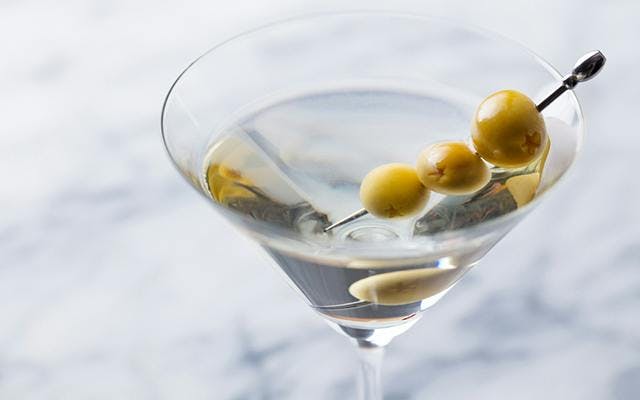
D is for…
Dirty
Typically used when referring to a Martini, ‘Dirty’ (in the cocktail context) means the drink has been prepared with the addition of some olive brine, and probably also garnished with an olive. This adds a salty, savoury note to the taste.
Dry
‘Dry’ when referring to cocktails means that the drink will contain fewer sugary additions so the final result will taste less sweet. When referring to a Martini, it means less Vermouth is used, for the same reason.
F is for…
Finger
A slightly old-fashioned term meaning the amount of liquid to pour up to the level of your fingers when they’re holding the glass, as in “three fingers of gin”. Standardised measures have largely put paid to this practice!
Fixative
Fixative is the word for the most important botanicals in a bottle of gin. These are the botanicals that meld the flavours of the gin together and create the spirit’s distinctive character. They won’t necessarily be the most obvious flavours that you can taste. You may well have seen ‘orris root’ on your favourite bottles of gin - this botanical is a common fixative.
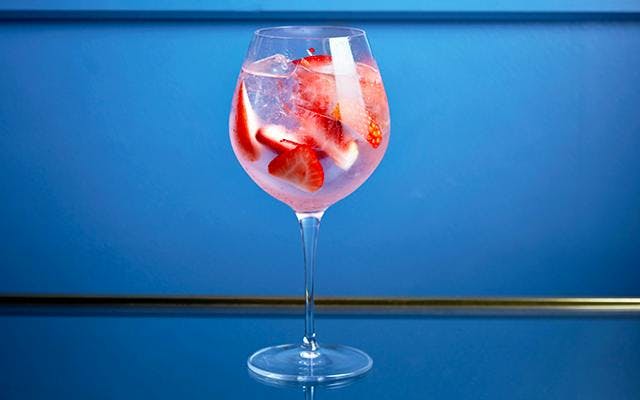
Fizz
A Fizz is a type of cocktail most commonly made with either gin, rum or whisky as its base spirit, plus lemon juice, sugar syrup and soda. The Gin Fizz is the most well-known of the Fizz family, although many variants have sprung up over the years.
Flavoured gin
Flavoured gins are dominated by a single flavour, which is often added after the distillation process. Often, the liquid itself will take on the colour of the ingredient flavouring it. There is a lot of current debate in the industry about whether these drinks should be allowed to describe themselves as gin under current EU law, in instances where the traces of juniper found in them are very low and/or the predominant flavour is not - as the legal definition requires - of juniper, but instead of the added flavouring.
G is for…
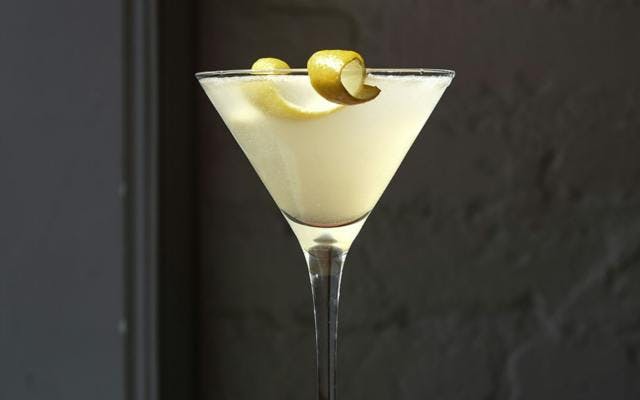
Garnish
Not to be confused with botanicals or flavourings, garnishes are the decoration on your drink. Ideally, these will enhance both the appearance and the smell or even taste of your cocktail.
Genever (also known as Jenever)
Genever means ‘juniper’ in Dutch. However, it’s not gin. In fact, it was the precursor to gin! Genever is a clear spirit that, legally, can only be described as such if it has been produced in Holland, Belgium or specific regions of France and Germany. It is distilled from a combination of grains, juniper and additional botanicals. Despite the name, Genever tastes more similar to whisky and therefore shouldn’t be used as a substitute for gin in your G&T!
H is for…
Highball
A Highball is a type of long mixed drink that contains just two ingredients: one type of spirit and a larger proportion of one mixer (plus, potentially, ice and garnish, of course). ‘Highball’ is also the name for a tall, straight-sided glass used to serve drinks of the same name.
I is for…
Infusion
In the context of gin, infusion refers to the process of steeping your choice of fruit, vegetable, spice, herb or other flavouring agent in the spirit and waiting until the flavour (and sometimes, colour) has imbued the gin to your desired level.
J is for…
Juniper
Juniper is an evergreen shrub or small tree that grows all over the world. It produces cones that look like berries and are, confusingly, usually referred to as berries! By EU law, all gin by definition must must have juniper as the predominant botanical and flavour.
L is for…
London Dry Gin
London Dry Gin doesn’t need to come from London; in fact, it isn’t inherently linked to any specific geographical region. Instead, when London Dry Gin appears on the label of a bottle, it means a very specific process was used to make the gin inside. It doesn’t actually tell you anything about the spirit’s flavour or place or origin.
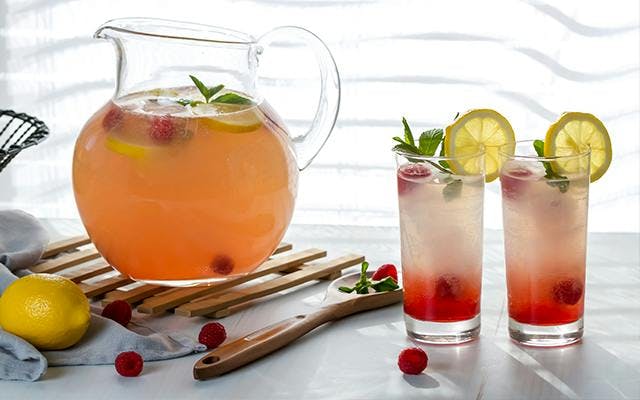
Long
A drink is described as ‘long’ when it contains a relatively large proportion of mixer to spirit. They tend to be comparatively more diluted, as a result.
M is for…
Muddling
When a cocktail recipe calls for you to ‘muddle’ the fruit or herbs going into the drink, it means to gently press the ingredients with a muddler (or wooden spoon/pestle/similar) just enough to release the flavours, aromas and a little of the juices into the spirit, allowing the alcohol to bind with them and thus enhancing the overall taste of the drink.
Be careful not to over-muddle delicate herbs or ingredients like mint or basil, as this can bruise the leaves and make the taste bitter. You can be a bit firmer with tougher fruits, spices and herbs.
N is for…
Neat
A neat gin means it is served entirely by itself: no ice, no mixers, not even any chilling. You might choose to drink neat gin if you’re attempting a proper gin tasting.
O is for…
Old Tom
Much sweeter than Plymouth or London Dry styles, Old Tom is the ‘missing link’ between dry, modern styles of gin and Genever, the Dutch distillate that came before them (see above). Popular in the 18th century, and indeed the basis for many of the original classic cocktail recipes, the Old Tom style has seen a revival at the hands of elite bartenders and gin distillers in recent years, who like it for the sweeter something this gin gives to classic cocktails.
P is for…
Plymouth Gin
Slightly sweeter than London Dry gins, the juniper flavour in Plymouth gin is also subtler, with greater emphasis placed on ‘root’ botanicals like liquorice and orris. Originally, the style had to legally be made in Plymouth but while there used to be many distilleries working in the port city, now only one remains - the oldest working gin distillery in England.
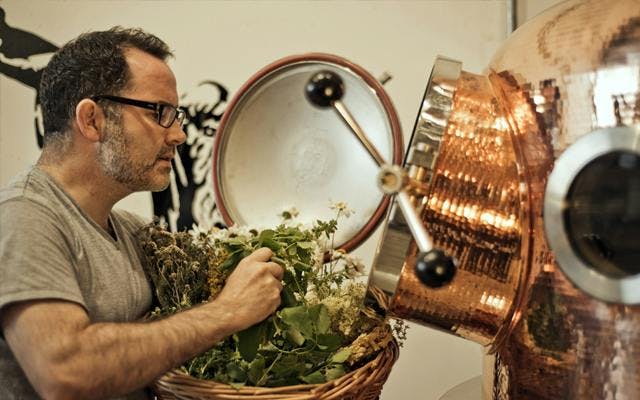
Q is for…
Quinine
Quinine comes from the bark of the cinchona tree, which is is native to central and South America, as well as parts of Africa and the Caribbean. It provides the bitter taste in tonic water.
S is for…
Still
A still is the apparatus used to make distilled gin.
Simple syrup
Simple syrup is a liquid form of sugar used to sweeten cocktails. It’s used instead of granulated sugar or other sweeteners because it blends more easily and effectively. You can easily make simple syrup at home by gently heating equal parts sugar and water for about 5-10 minutes (depending on the quantity) until it reduces and you have a syrup of the desired consistency.
Straight Up (or ‘Up’)
The term “straight up” should be used when you want a spirit or cocktail that has been chilled but is served without ice. Not to be conrfused with “neat” or “on the rocks” (served over ice).
Short
A short drink contains less mixer than a long drink, but tends to contain the same amount of alcohol. Short drinks therefore tend to be stronger, less dilute, and with punchier flavours. Not to be confused with a shot of gin (about 30ml of neat gin to be drunk in one attempt) or a shooter (a small drink of about 75ml which contains both a spirit and at least one other mixer).
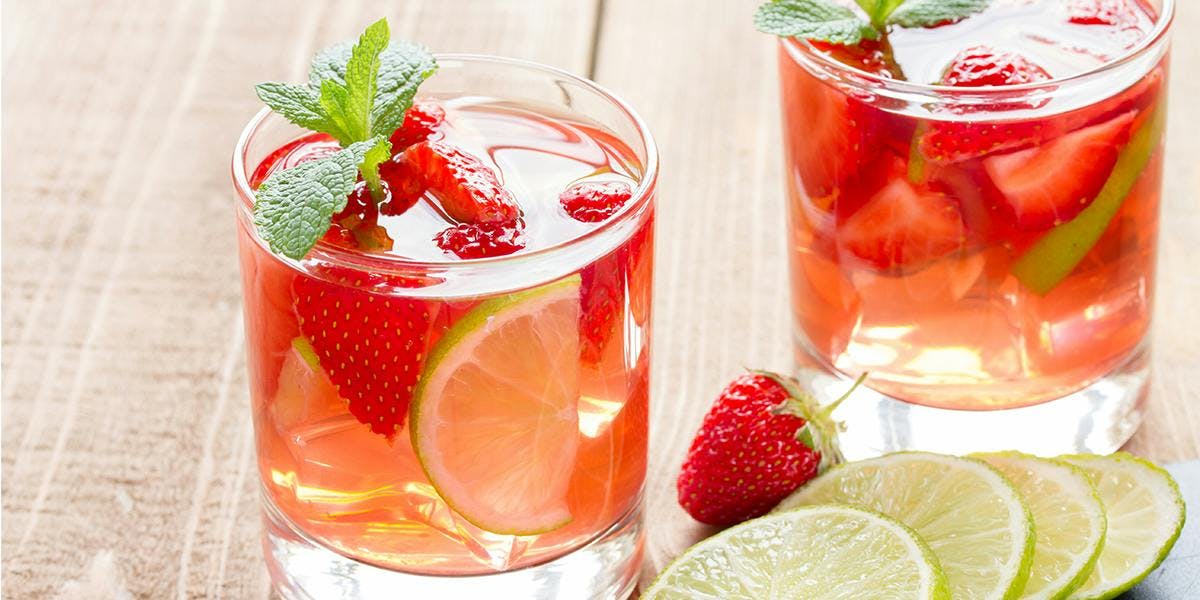
Sour
A ‘sour’ is another type of cocktail that has many variants, but all contain these essential ingredients: a base spirit or liqueur, some kind of citrus element, and a sweetener (honey, simple syrup, etc).
Spritz
The origins of the ‘Spritz’ family of cocktails reportedly date back to the end of the 19th century, when Austrian soldiers stationed in Italy would ask to have the local sparkling wine watered down to more closely resemble the beer they drank at home!
These days, a ‘spritz’ cocktail - although still fairly loosely defined - contains both prosecco or sparkling wine, soda water, plus any number of optional extras, whether an additional spirit (such gin) or an amaro (like Aperol).
T is for…
Twist
Ordering something “with a twist” means your drink will be garnished with twist of peel, usually of a citrus fruit. This isn’t just to look pretty (although it does); by twisting the peel, the barman releases the aromatic oils within the skin, and these can then enhance the scent and taste of your drink (especially if the twist is run around the rim before it is added to the side of the glass).
Every month, we send our club members a full-sized bottle of amazing craft gin from one of the world’s finest distillers.
We work hard to source new, limited edition and exclusive gins for our members, so you can be sure that you'll always receive a truly special gin that you won’t find elsewhere – certainly not in the supermarket.
We capture the passion of our craft distiller partners in our monthly GINNED! Magazine, packed with real-life gin stories, tailored cocktail recipes and much more.







